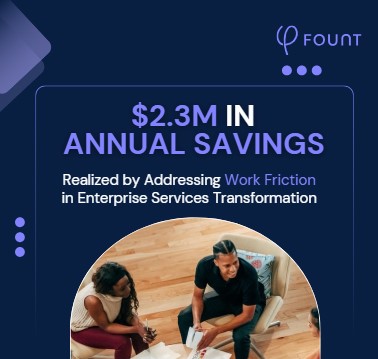Table of Contents
- Processes Become Complicated; Process Mining Simplifies Them
- Work-focused Employee Listening Looks at the Employee, Not Just the Process
- But what exactly is work, and what insights can be gained from employees’ work feedback?
- Optimizing Process Efficiency vs Worker Productivity
- Who Can Use Process Mining or Work-focused employee listening?
- Process Mining and Work-focused employee listening: Two Sides of the Same Coin for Optimization
Process Mining vs Work-Focused Employee Listening
A summary of the details of the article will go here.
At its core, increasing productivity means making it as fast, simple, and easy as possible for employees to do their work – and with the right approach, you can make it happen.
However, it’s essential first to understand what’s working and what isn’t.
Uninformed changes waste time and money because they don’t address the underlying problems that need to be solved, like investing in new software instead of training employees who struggle with technology.
The wrong changes can even create resistance to change, making further improvements harder to implement.
Data-backed improvements are the best way to combat wasted resources, missed deadlines, and obstacles interfering with employees’ work, otherwise known as work friction. But making these informed decisions requires an understanding of the tasks workers perform and the resources they need to do their jobs.
This insight comes from practices like process mining and work-focused employee listening that answer whether the solution to productivity issues is new software or additional training.
Both strategies work well independently to help optimize work productivity and efficiency. Together, however, they give you valuable insight into a process’s efficiency and its impact on worker productivity.
This piece will explore process mining and work-focused employee listening, highlight their differences, and explain why they can work well together.
Processes Become Complicated; Process Mining Simplifies Them
Process data mining is the practice of finding ways to make work processes more efficient by reducing the number of steps and time it takes to complete them. It aims to remove redundant or unnecessary steps that slow productivity.
Process mining tools track and gather data on the steps it takes for employees to do various jobs, like switching apps or creating support tickets for customer service.
After collecting data from a group of employees, it analyzes each of their individual journeys and creates a new, optimized process that reflects how workers actually complete the tasks.
But why do processes need to be mined and optimized if they were built to be the most efficient and straightforward path to completing a task?
Over time, conditions change. New policies, tools, and circumstances arise that force processes to be adapted to fit their new requirements.
A great example is the global pandemic. When remote work grew popular because of social distancing, many processes could no longer be completed in person. Businesses had to adapt by moving them online.
Process mining allowed these businesses to continue improving their processes as they added new tools and learned more about efficient remote working.
However, it didn’t consider how these changes affected workers’ productivity. That’s where work mining could have helped minimize the work-from-home growing pains for businesses.
Work-focused Employee Listening Looks at the Employee, Not Just the Process
Processes guide how employees perform tasks, outlining the step-by-step journey they should take from start to finish to work as efficiently as possible. However, in reality, the path is far less linear than you hoped for when creating them.
Processes are more than just the steps workers take to do their job – they also encompass the interactions between people, including other employees and customers, involved in completing tasks.
These interactions change how workers navigate processes, requiring them to adapt the steps they take to accomplish their goals.
This need for adaptation is where implementing process mining alone falls short. You can’t see WHY they’re completing tasks a certain way. You can only see the steps they take, without context, limiting insights into what improvements you can make to reduce the amount of work employees perform.
But what exactly is work, and what insights can be gained from employees’ work feedback?
Work is everything that a worker does.
It is not just a process as a sequence of steps, but thoughts and situational intuitive activities to get to a certain goal.
The goal of work-focused employee listening is to make work easier. It involves examining the tasks (work-moments) and touchpoints (tools used to get the task done) they perform and the intention behind them to better understand if there are any friction points in their day-to-day work.
When employees must overcome restrictive processes or ineffective tools to do their jobs, work friction that affects overall productivity is generated.
For example, complicated processes that take too long to complete or outdated tools that don’t work efficiently both limit how much work employees can do in a day.
Work-focused employee listening looks for moments where the current resources, including processes, are limiting employees’ productivity.
Optimizing Process Efficiency vs Worker Productivity
Process mining aims to improve process efficiency, reducing the time and effort it takes employees to complete tasks. In contrast, work-focused employee listening addresses the underlying reasons behind individual productivity, aiming to reduce the obstacles and unnecessary effort employees face in their daily work.
But what’s the difference? Doesn’t improving the process increase productivity? Not exactly.
An optimized process provides the guidelines for completing a task as simply as possible. However, things rarely go according to plan.
For example, if a customer service agent needs to check with a manager before offering a discount or refund, but that manager isn’t available, the process hurts their ability to provide great customer service.
In theory, the process is great; it creates a positive customer experience with minimal waiting and prevents unauthorized refunds that can impact cash flow.
However, once an essential step of the process can’t be completed, like getting approval, it creates friction.
Instead, work-focused employee listening highlights where things usually go wrong and how much impact they have on productivity FROM the employee perspective. From there, you can develop new processes that accommodate common situations workers face or equip them with tools or training, improving their productivity.
Who Can Use Process Mining or Work-focused employee listening?
Both process and work-focused employee listening are valuable for improving a workforce’s efficiency and productivity. But they’re not for everyone.
Process mining is an automated, data-based process. It requires access to multiple data points so the tool can look for areas where the process slows down, unnecessary or redundant steps, and necessary changes from the original process. Without access to this rich data, the tool will only be able to mine the processes it can monitor, which limits its effectiveness.
Alternatively, any business can use work-focused employee listening. Targeted work-focused surveys collect work friction and other work-related types of feedback from employees directly, with results aggregated and quantified, ultimately providing insight into the specific barriers and inefficiencies that hinder productivity and employee satisfaction. It doesn’t require internal data or advanced infrastructure to get started.
Process Mining and Work-focused employee listening: Two Sides of the Same Coin for Optimization
Process mining and work-focused employee listening are different but equally important and effective.
If you think about it, they’re also complementary.
Process mining provides quantitative data that helps to create more efficient processes and streamline tasks. The data shows whether the process is doing what it’s supposed to and if it’s as lean and efficient as possible to increase productivity.
However, it doesn’t provide insight into WHY employees do things a certain way or how the process impacts their experience at work.
Work-focused employee listening considers the human side of productivity, including the thoughts and actions involved in employees’ work. It is not just collecting data, it qualifies it to help discover whether the policies, procedures, and tools workers use create more or less work.
You can use process mining to identify and improve inefficient processes and work-focused employee listening to determine whether the changes are helping or hurting employees’ efficiency.
Together, process mining and work-focused employee listening create a clear picture of the efficiency of different processes and how they affect worker productivity. This combination provides valuable insight to help optimize operations to benefit both the organization and employees.
Remember: Workers are the ones who have to use processes on a daily basis. Take advantage of their insight to help you build better processes and identify changes that make work easier.
We would be pleased to present a use-case scenario during a 30-minute meeting – schedule call here
Related Resources
See all News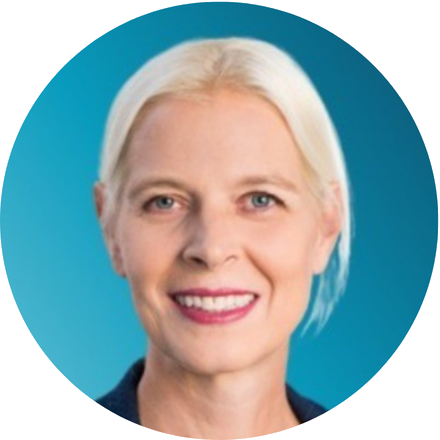
Guest Post
3 Signs Your GBS Is Creating Friction Instead of Flow (And How to Fix It)
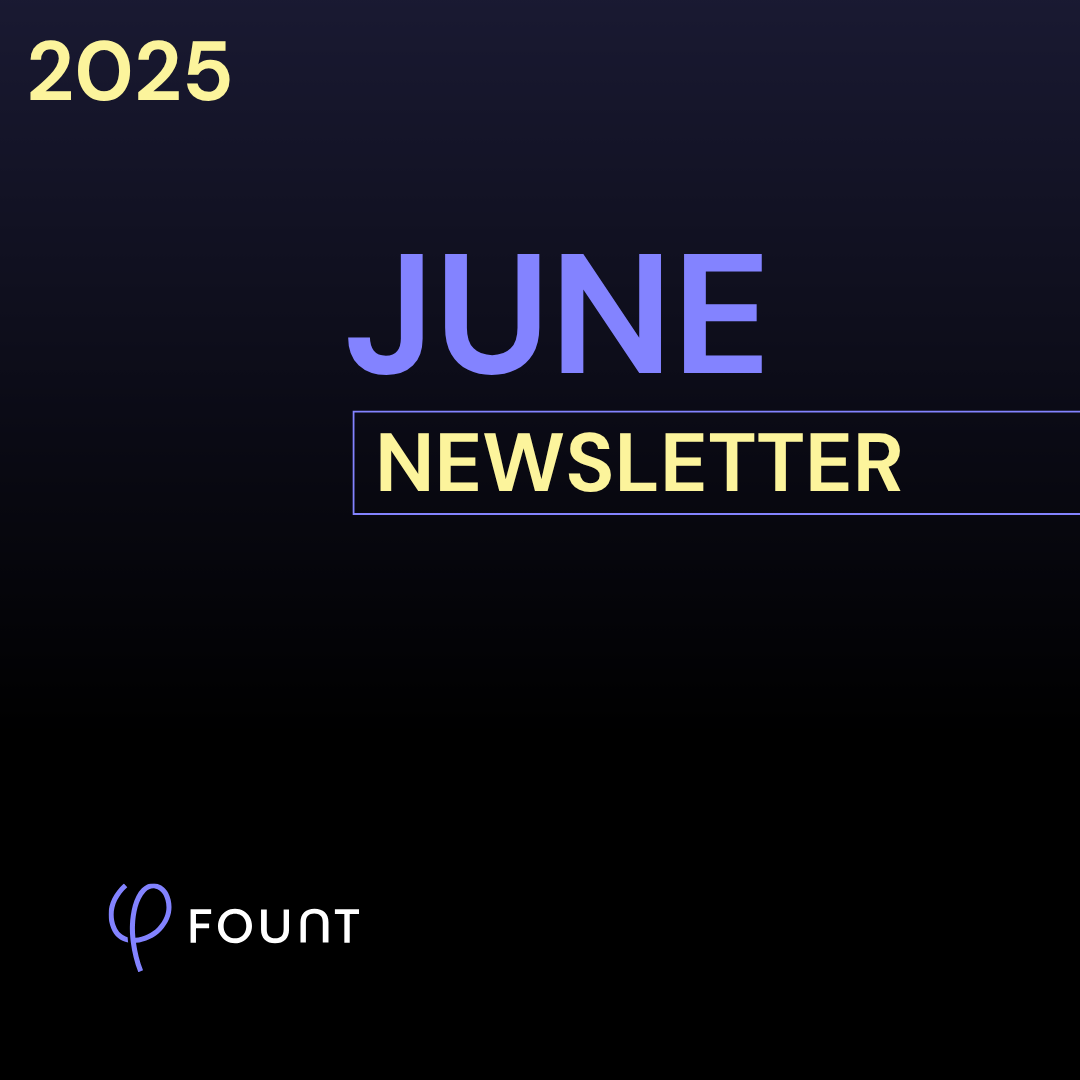
FOUNT News
June Newsletter: Friction is Killing Your AI ROI.
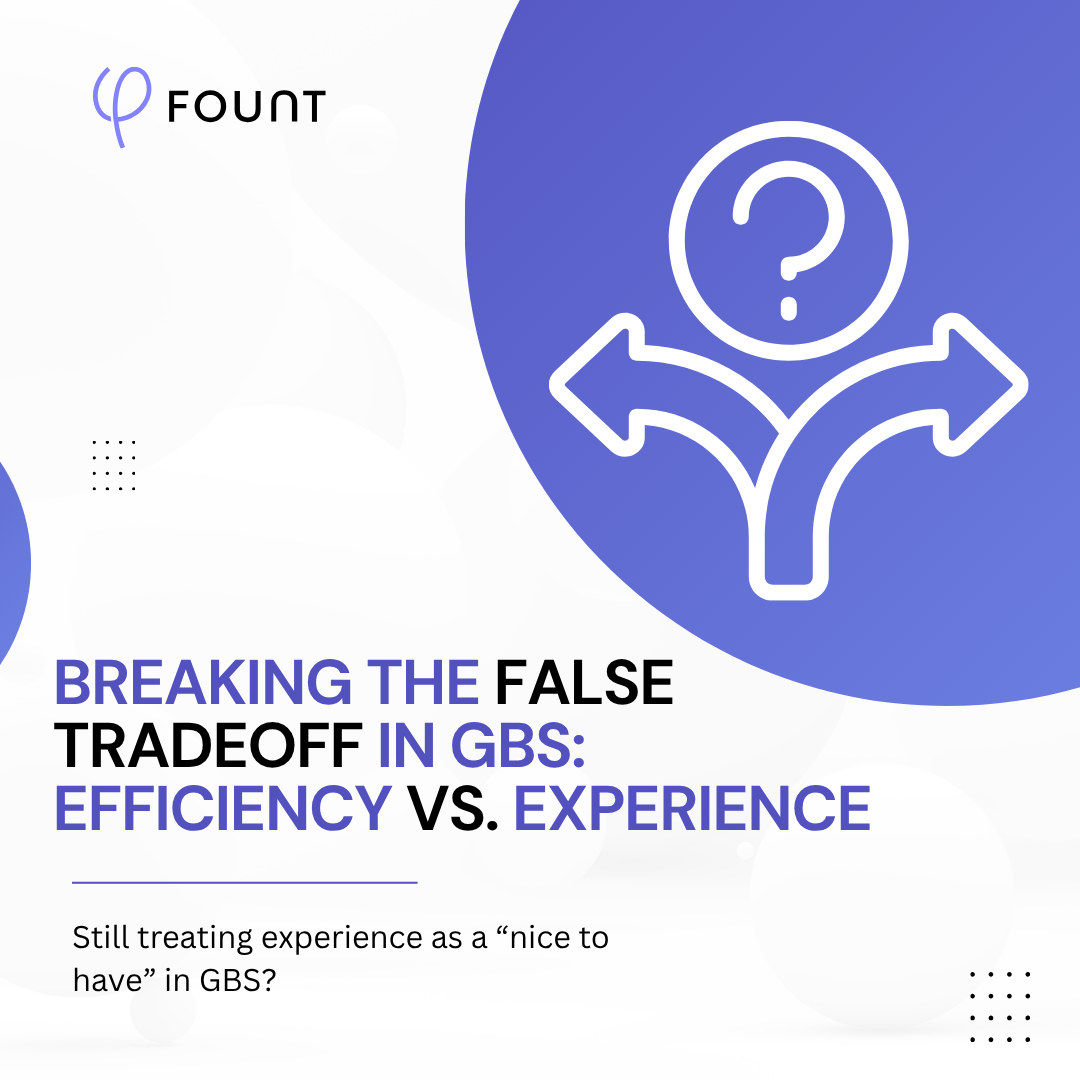
Insights
Breaking the False Tradeoff in GBS: Efficiency vs. Experience
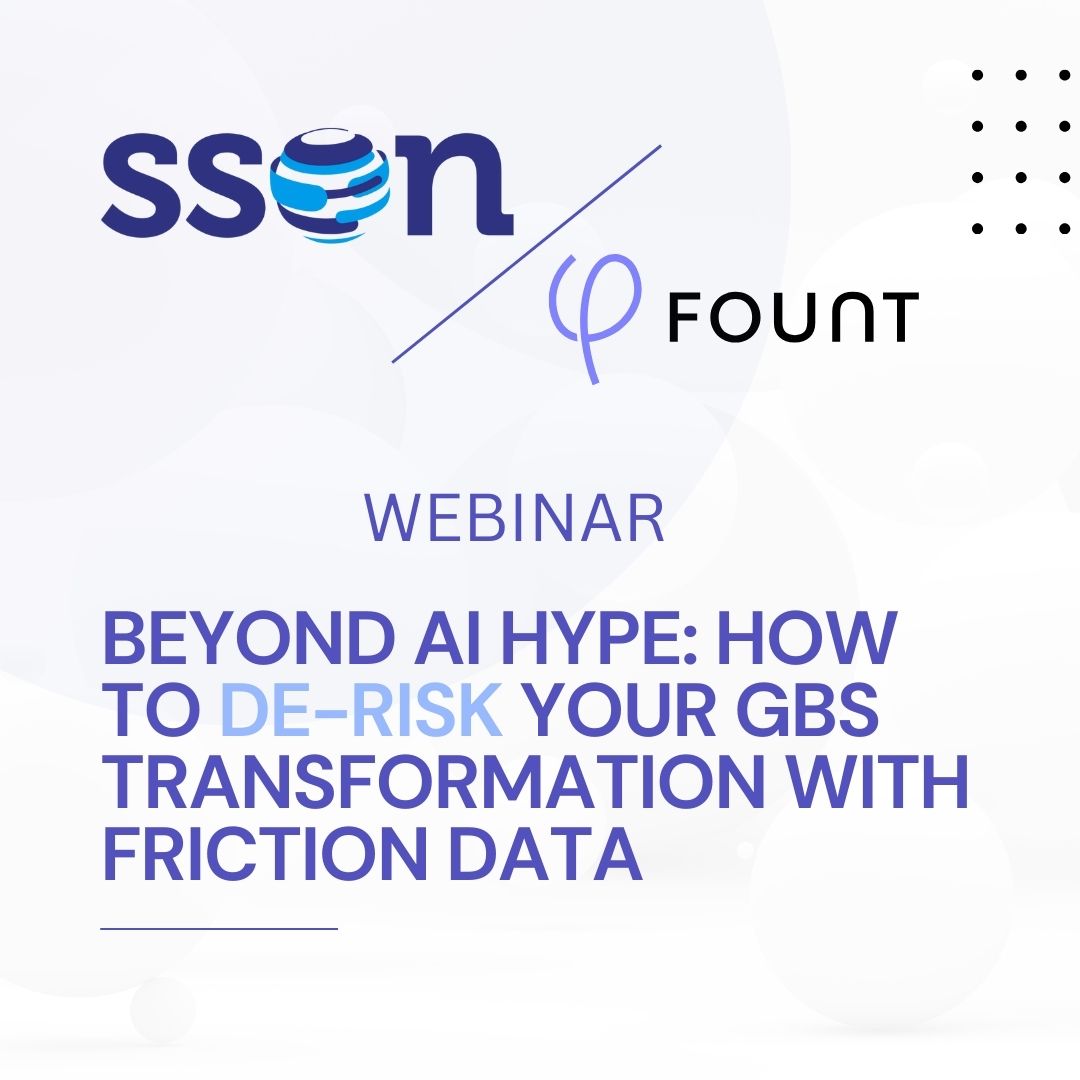
Events
LIVE Webinar – July 9th for SSON Network. Beyond AI Hype: How to De-Risk Your GBS Transformation with Friction Data
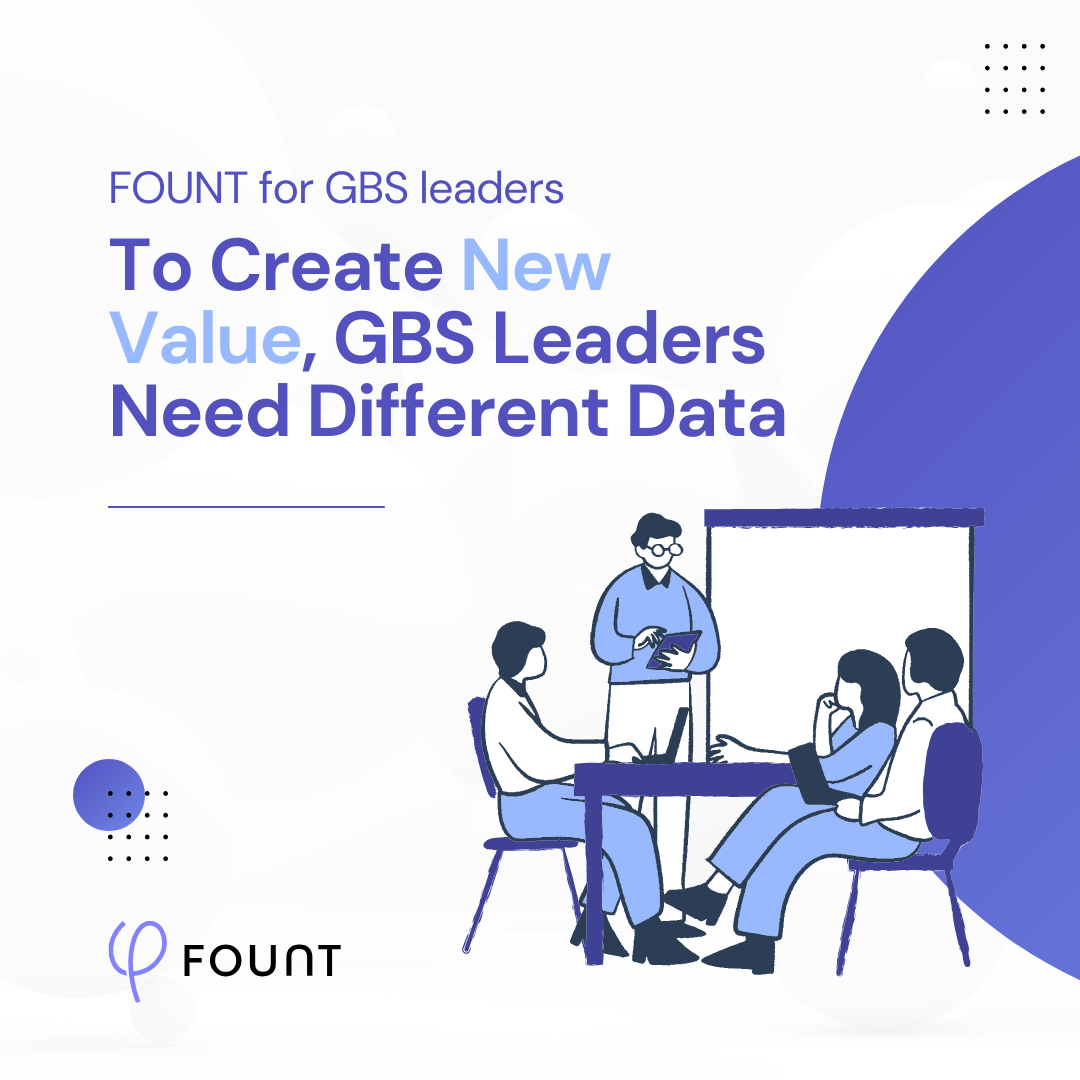
Insights
To Create New Value, GBS Leaders Need Different Data

Insights
How to Keep Up with the Latest AI Developments
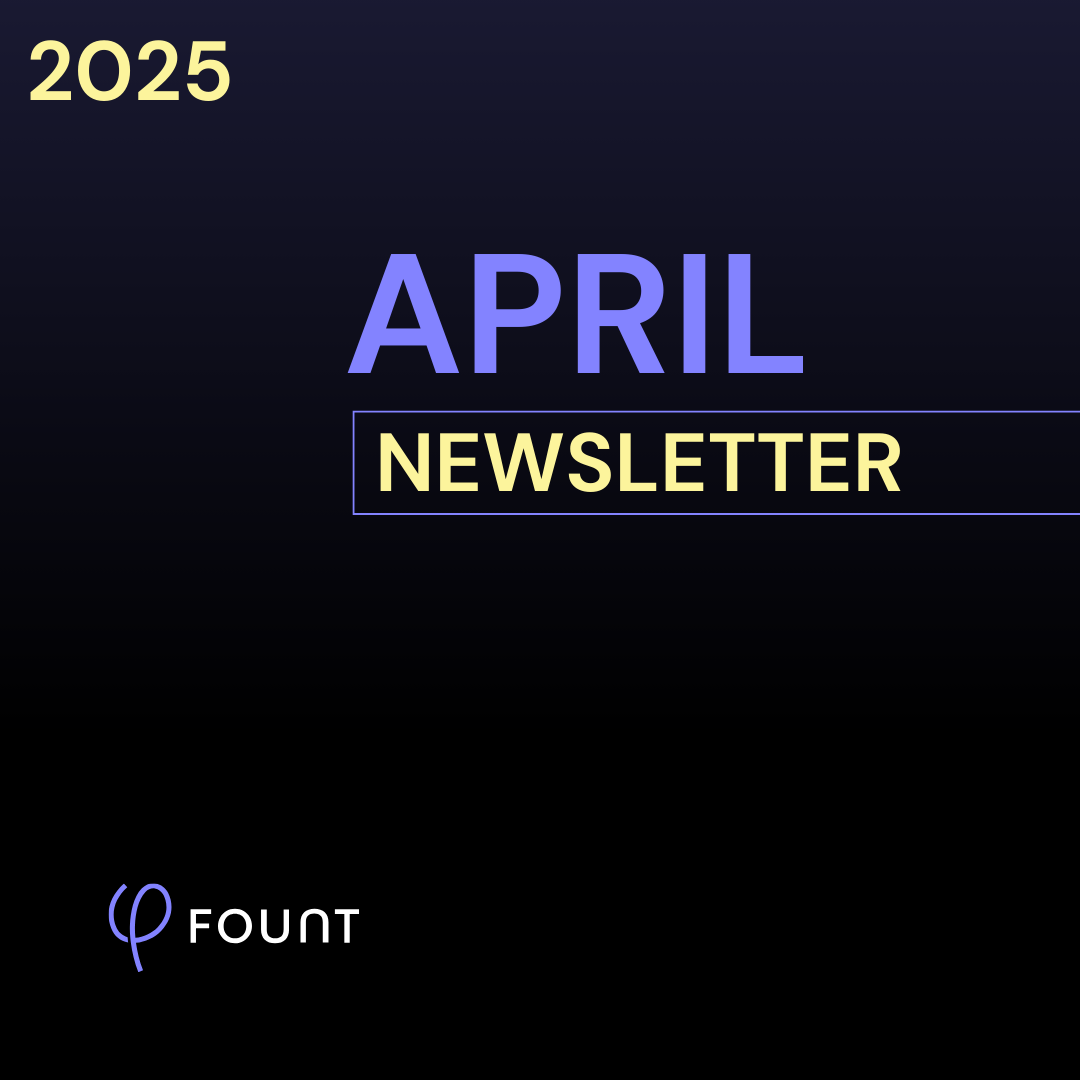
Insights
APRIL Newsletter. Friction: You Can’t Improve What You Can’t See
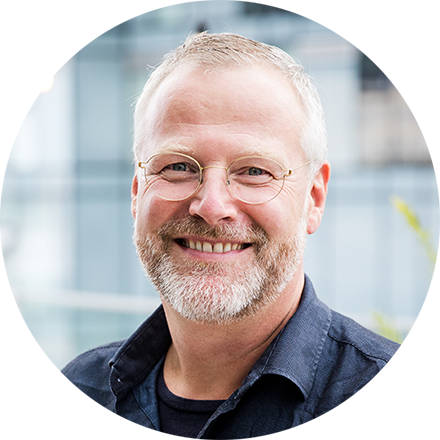
Guest Post
AI is Reshaping the HR Operating Model: Here’s What 15 Leading Companies Discovered
